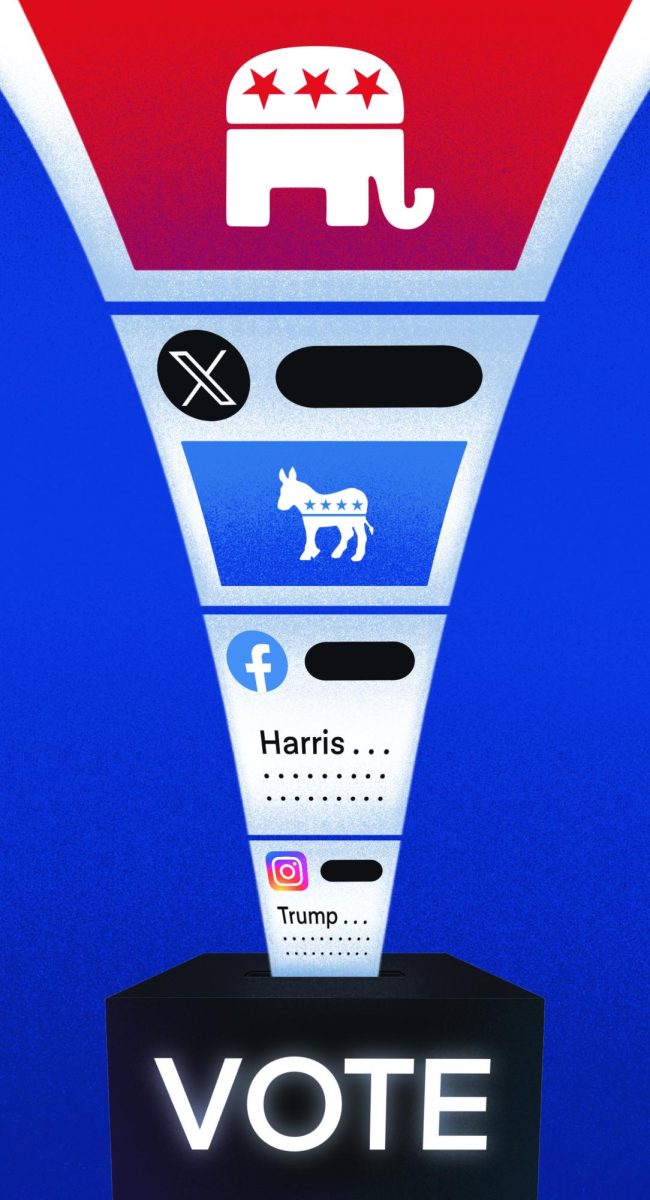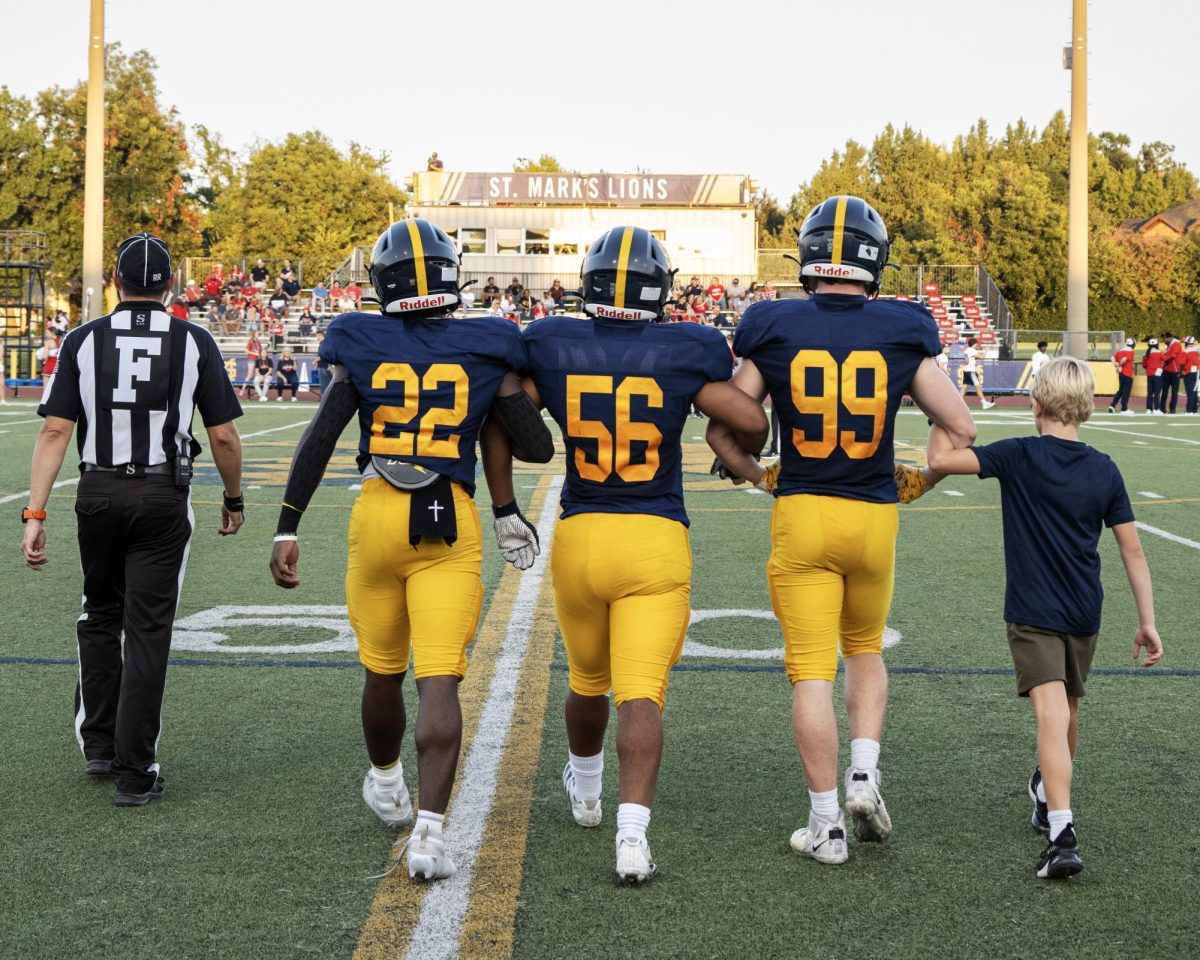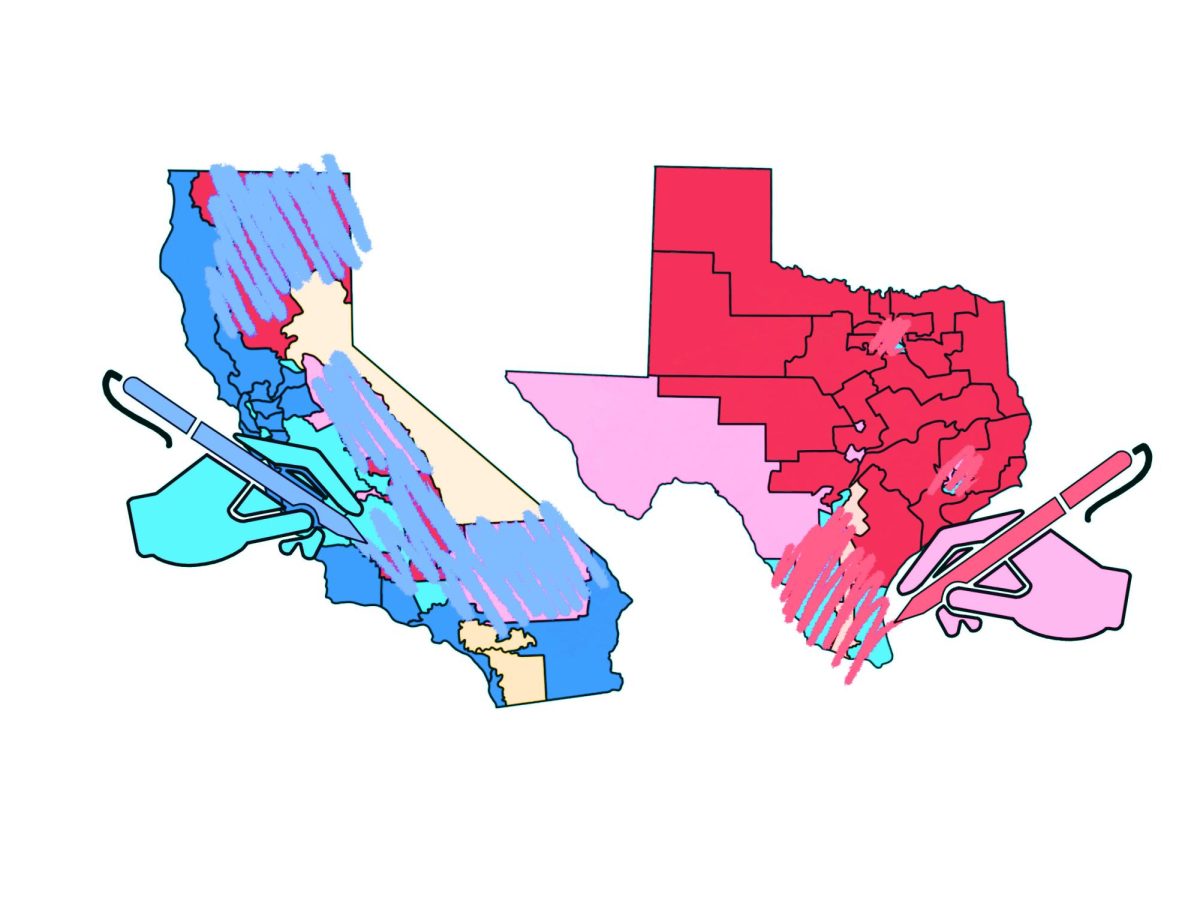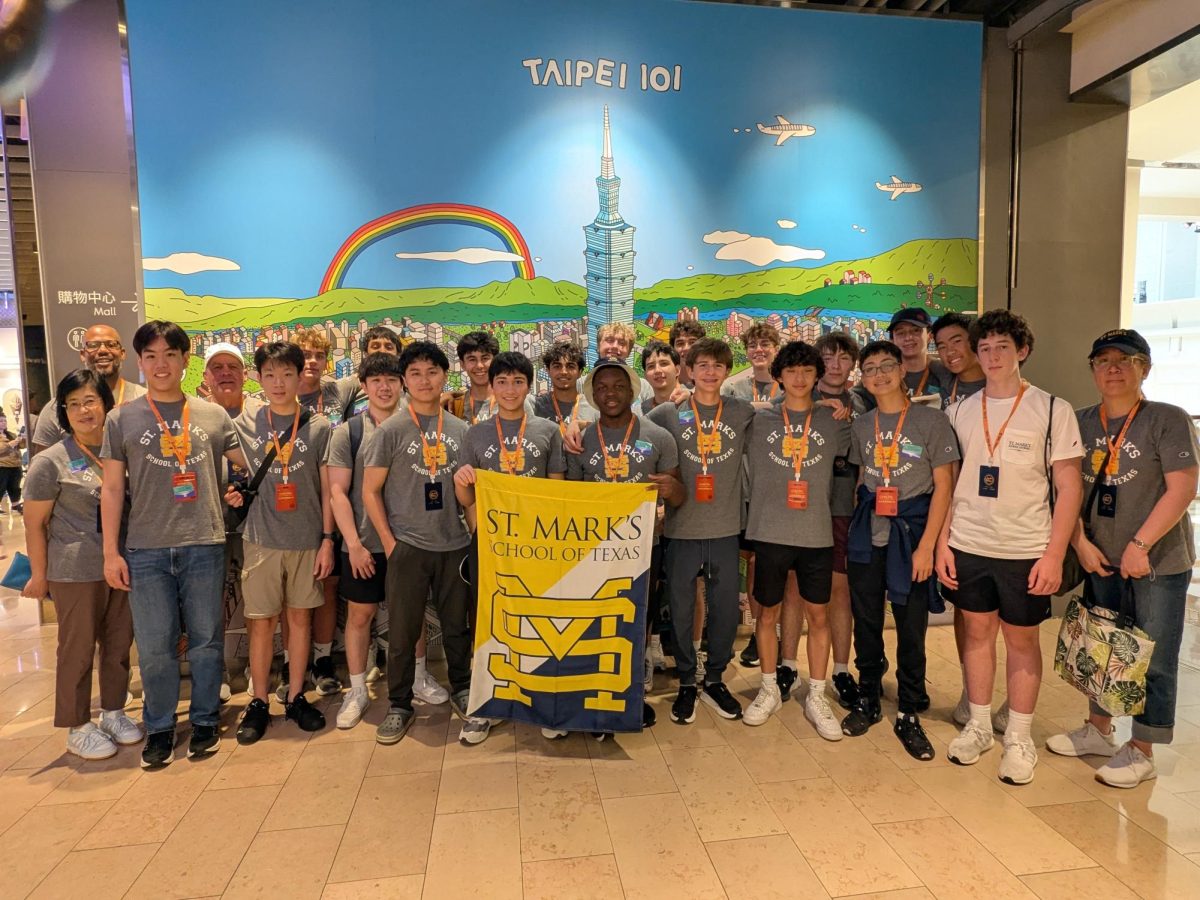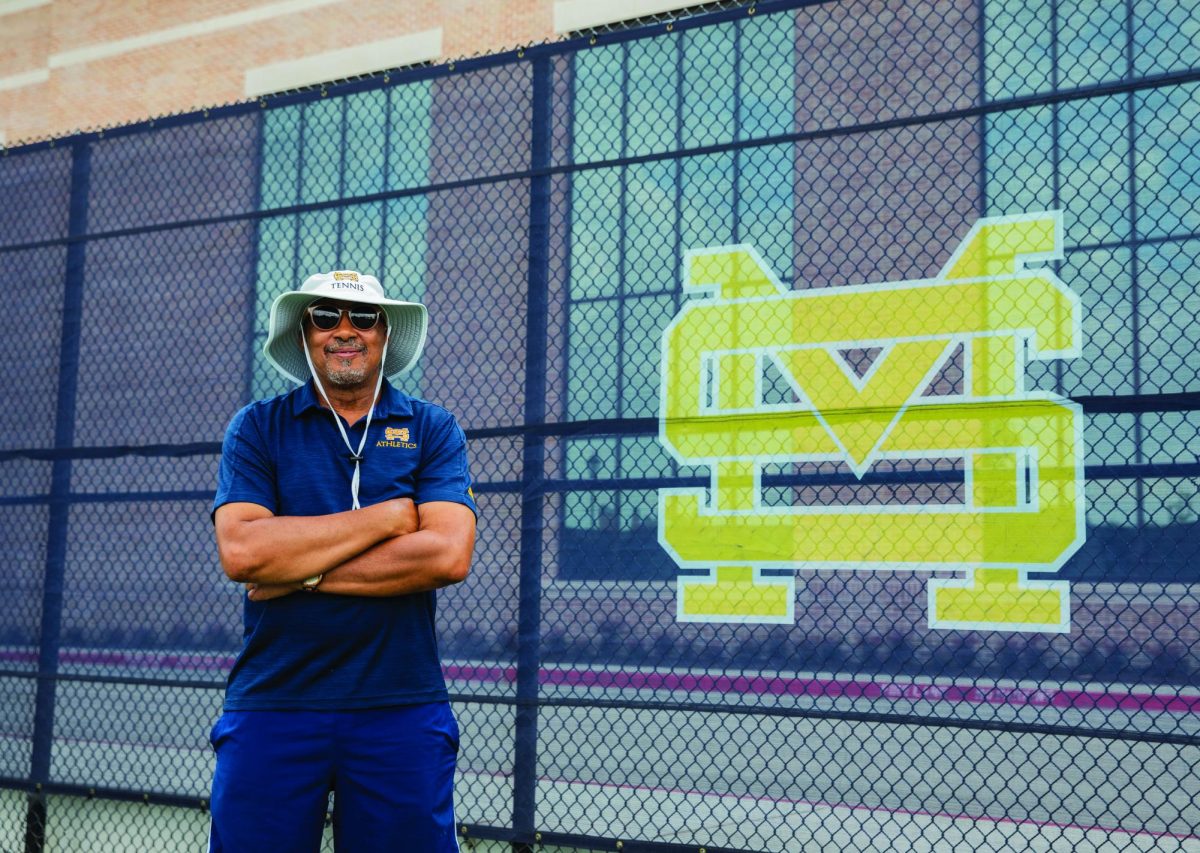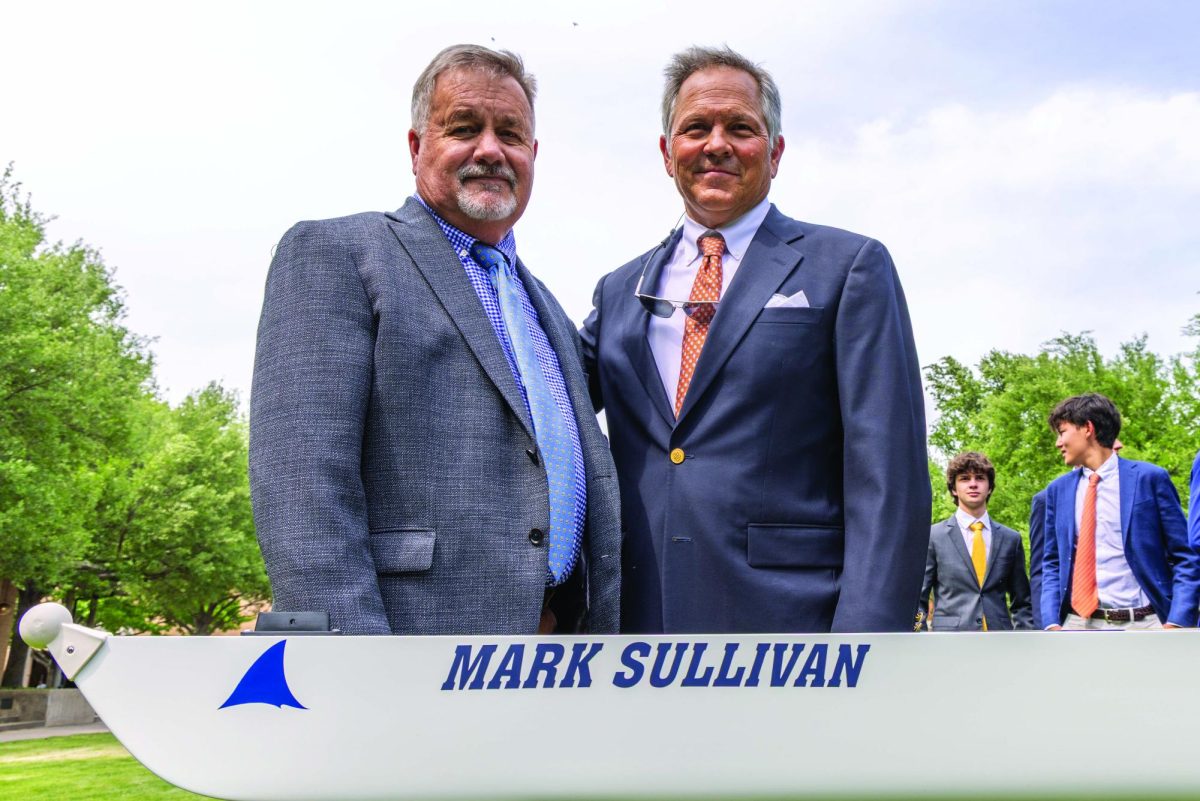Politics are only for adults.
It’s a sentiment that resonates with millions of young Americans who often feel uninterested in participating in politics, sidelined from political discussions. In fact, according to an NPR report, roughly one-third of all Gen Z voters admitted to not knowing much about the candidates of the 2022 midterm elections.
But with a polarizing presidential election mere weeks ahead, these same young voters will be crucial in determining the outcome of this election and the future of the country, serving as a pivotal force capable of turning the tide in the political landscape.
Camila Correa Bourdeau, the Executive Director of March to the Polls, an initiative that encourages voter registration, strongly advocates for young people to vote in elections and engage in politics.
Whether it is an interesting article or a humorous political meme, Bordeau believes that these mediums all accomplish the same goal: exposing young people to politics.
“I think something I learned from a person that I respect a lot in the education setting is that you have to have multiple entry points,” Bourdeau said. “And so if a simplified meme is what gives someone access to the conversation, then that person is already a step further than they were before, and then they can, you know, autonomously dig deeper and learn more and ask more questions.”Bourdeau believes that social media political graphic art in particular, which includes political memes, serves as an accessible and digestible way for young people to introduce themselves to voting.
But while these platforms are outlets for the youth to dive deeper into politics, she cautions that these forms of information are primarily superficial — especially on social media, the political information that permeates the digital world are largely snippets of broader, more complex ideas.
Senior Roman Childress, the president of the Political Forum club at school, views graphic art in a similar context.
However, when analyzed as an entry point into politics, Childress believes that social media can be a misguided approach to initially stepping foot into politics.
“It may be a good place to figure out what is going on because a lot of stuff gets put on social media really fast,” Childress said. “But if you are going to use it as an actual source, then a lot of people are going to be extremely misinformed.”
For legitimate political understanding, Bourdeau believes that there needs to be a path consisting of more comprehensive information that people should follow.
“I think it has to take you to another source that hopefully has a little more depth to it than what you would expect on social media,” Bourdeau said. “But then again, social media today also includes well-respected sources like The Washington Post or The New York Times. They’re all there now, and they are trying to simplify, either through videos or some type of graphic design, the topics that are important. They’re also trying to make this information digestible to all audiences.”
In her eyes, although social media contains some false information circulating throughout its platforms, it has grown to be a dominant avenue for news, offering people an increasingly vast pool of political knowledge and perspectives.
“As I continue to get older, I realize that there are better ways to do things. Just because it’s new and maybe has imperfections doesn’t mean that it’s not helpful and that it’s not a good resource for people to use,” Bourdeau said.
Apart from simply researching candidates, most young voters fail to recognize the number of nominees on the ballot.
Many voters blindly fill in boxes without giving an effort to who they are actually voting for. Childress finds this problem especially prevalent among Gen Z voters.
“I think most young people definitely only really care about the presidential election,” Childress said. “They might care about a couple senators or representatives. Like I know who I am going to vote for as a senator but I haven’t really thought about the levels beyond that. For most people, it seems like the talk is about the presidential election and nothing else.”
But while there are a variety of ways for young people — specifically people preparing to vote for the first time — to research candidates and their corresponding political policies or agendas, Bourdeau recommends becoming familiar with the voting process by reviewing sample ballot slips.
Prior to voting, these ballots, which are available online, provide first-time voters with a practical glimpse into eventually voting in a real ballot box.
“You have to spend time trying to be informed,” Bourdeau said. “The sample ballot is a great place to start. You can look at exactly what’s going to be on your ballot before you go vote. You can print it out and take it with you, and you can take notes with you so you don’t have to memorize each candidate or judge. I think that’s a good place to start, just so you at least know what names you’re going to see on your ballot, and it’s just a confidence booster in general.”


